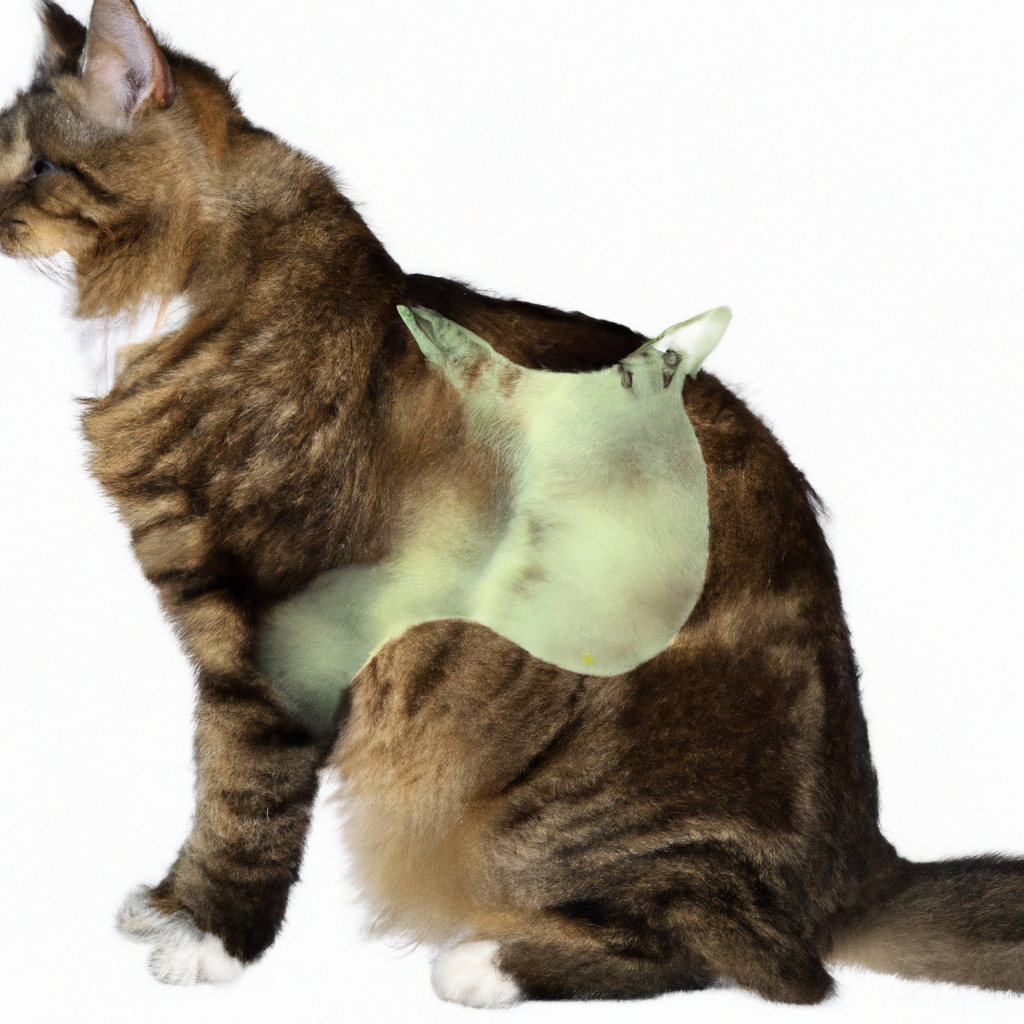Have you ever wondered if cats have belly buttons? It’s a question that may not come up often in casual conversations, but it sparks curiosity nonetheless. In this article, we’ll explore the fascinating world of feline anatomy and delve into the mystery of whether cats possess belly buttons. Prepare to uncover some intriguing facts that might just surprise you.
Anatomy of a Cat’s Belly
When it comes to understanding the anatomy of a cat’s belly, there are several key aspects to consider. From the structure and function of this area to its appearance and development, exploring the belly of a cat can provide fascinating insights into their unique physiology. In this article, we will delve into the layers of a cat’s belly, their lack of visible belly button, embryonic development, and the potential psychological impact of this absence. We will also take a veterinary perspective on the topic, debunk common misconceptions, and explore cat belly behavior.
Definition of a Belly Button
Before we dive into the specifics of a cat’s belly button, let’s first define what a belly button is. Also known as the navel, the belly button is a small depression in the abdominal area that marks the point where the umbilical cord was attached during embryonic development. In mammals, including humans, the belly button serves as a reminder of our connection to our mothers during the prenatal stage.


Belly Button in Cats
When it comes to cats, the physical appearance of their belly button differs from that of humans. While humans typically have a small scar or indentation on their abdomen, cats do not have a visible belly button. This can be attributed to the differences in their embryonic development and the nature of the umbilical cord.
Embryonic Development
The formation of a belly button begins during embryonic development. In both humans and cats, the umbilical cord plays a crucial role in supplying nutrients and oxygen to the developing fetus. As the embryo grows, the umbilical cord connects the fetus to the placenta, allowing for the exchange of essential substances. However, there is a notable difference in the way the umbilical cord is absorbed in humans and cats.
In humans, once the baby is born, the umbilical cord is clamped and cut, leaving a small portion attached to the baby’s abdomen. Over time, this remaining cord dries up and falls off, leaving behind the characteristic belly button or navel. In cats, however, the absorption of the umbilical cord occurs entirely within the mother’s body, resulting in the absence of a visible belly button in cats.


After Birth
The healing process after birth also differs between humans and cats. In humans, the remaining portion of the umbilical cord forms a dried-up clot known as a stump. As the stump gradually shrinks and falls off, a scar may form, resulting in the familiar belly button appearance. However, in cats, there is no visible remnant left behind after the umbilical cord is absorbed.
Psychological Impact
The apparent lack of a visible belly button in cats can lead to curiosity and confusion among some cat owners. Humans often associate belly buttons as a unique feature that signifies their connection to their mothers, and it is natural to project this expectation onto cats. However, it is essential to remember that cats have their unique anatomical features and development processes. Understanding and appreciating these differences can help foster a more accurate understanding of cat anatomy.
Veterinary Perspective
From a veterinary perspective, the absence of a visible belly button in cats is a normal and expected variation. While humans may require medical attention for issues related to their belly buttons, such as infections or hernias, cats do not face similar concerns. Nonetheless, it is crucial to monitor the belly area of cats for any signs of abnormalities or discomfort.
Common Misconceptions
One common misconception is the assumption that cats are “belly-less” creatures due to their lack of visible belly buttons. However, this is far from the truth. Cats do have bellies, albeit without the characteristic navel that humans possess. It is essential to resist the temptation to project human anatomical expectations onto our feline friends.
Cat Belly Behavior
Understanding cat belly behavior is also important when considering the absence of a visible belly button. Many cats enjoy having their bellies rubbed, while others may display protective behaviors when approached in this area. It is crucial to respect a cat’s boundaries and interpret their body language to avoid causing discomfort or stress.
Conclusion
In conclusion, cats do not have visible belly buttons like humans do. Understanding this variation in anatomy is essential to limit misinformation and false expectations. The absence of a visible belly button in cats is not indicative of any underlying health issues. By appreciating the unique aspects of cat anatomy and behavior, we can deepen our connection and care for our feline companions.

